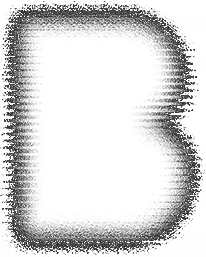Document anonymization – privacy first

Protect your personal data and ensure compliance with GDPR. Effective document anonymization, security and data control.
Data protection legislation – key information

Learn about the most important data protection regulations. Find out what obligations companies have and what rights users have regarding the processing of their data.
Document Anonymization – Data Hiding System: How to ensure information security?

Understand how document anonymization systems can help protect personal data and ensure regulatory compliance. Learn how they work and why they are essential to data management processes.
Data protection regulations – what is worth knowing?

Data protection – learn about key regulations, GDPR principles and companies “obligations. Learn how to protect your users” privacy and data.
Meta blunder: Improper anonymization of PDFs revealed confidential data

Meta exposed sensitive data through poorly anonymized PDFs. Find out how to avoid similar mistakes when disabling content openness.
Disclosure of content – why and how to do it?

Learn what content opacity is, its application and how it can be effectively implemented in practice.
What is worth knowing about data anonymization?

Understand what data anonymization is, why it’s so important in today’s privacy world, and how to use it effectively to keep your personal information safe.
A Guide to Data Anonymization Under GDPR

Data anonymization is the process of transforming personal data so that individuals cannot be identified, either directly or indirectly. This technique is crucial for organizations aiming to comply with GDPR regulations and ensure personal privacy.
New version of Bluur GOV/EDU/MED – secure, accountable and automatic data anonymization for the public sector
In response to the growing requirements for data protection in the public sector, we are introducing a new version of the Bluur system – Blur GOV/EDU/MED. It is a solution designed specifically for government institutions, educational institutions and medical entities.
Redacting Data in PDF: Secure Methods for Data Protection

Redacting data in PDF files is a key process for protecting confidential information from unauthorized access.
